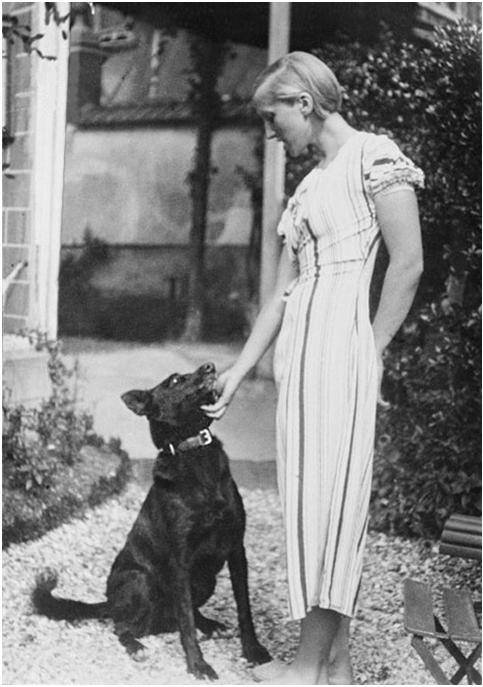LE RÊVE
Even the most prominent artists in History need a source of inspiration. Meet one of Picasso’s muses.
Le Rêve (1932). Pablo Picasso. Private collection.
Le Rêve (1932) by Pablo Picasso is probably my favorite work by the Spanish artist. Picasso completely changed the game for portraits as he also changed the course of Art History. He gave us these distorted figures, and he played with his notion of cubism with flashy, loud colors; oversaturated reds, greens, blues, and yellows, that give the scene a vibrant appearance, in contrast to the calmness emanating from the sleeping woman.
The model -or Picasso’s muse- is his lover Marie-Thérèse Walter, who was 22 years old when the work was done. He portrays her seated and asleep, with her hands intertwined on her lap, her head leaning towards one side, and her breast peeking out of her blouse. Her lips are a bright red, and her hair falls behind her back in a golden cascade. She looks peaceful, trapped in the dimension of dreams. The background is significantly embellished, with beautiful shades of green and a mix of red and burgundy. A two-colored pearl necklace decorates the upper part of her chest.
Photograph of Marie-Thérèse Walter.
Picasso had an ever-changing style; he was constantly experimenting. With this work, he goes back to that synthetic cubism (1912-1914), but not quite -Picasso never did the same thing twice-. Here he plays with that flat space; the figure looks almost like a collage as if parts of her body are glued together somehow. It gives the illusion of easily separating the head from the neck and the torso from her arms. The head gives the impression of being almost open in half; Picasso here toys with our eyes; we can see the profile if we look at it a certain way, and then we can perceive the face in a frontal position; it all depends on how we decide to look.
This work was first sold in 1941 for $7.000, again in 1997 for $48.4 million at a Christie's auction. In 2013 was sold again for $155 million to Steven Wynn, who tore the canvas with his elbow at a party in 2006 while Steven Cohen still owned the portrait -they fixed the six-inch tear for $90.000-.
When we talk about works like this one, it is interesting to reflect on the impact of the muses on an artist's journey. Muses can be anything, but they often happen to be people—someone who has left an impression on the artist and inspires them to create and express themselves. We see many examples of muses throughout Picasso's career, whether it was lovers like Marie-Thérèse Walter, Eva Gouel, Dora Maar, Françoise Gilot, or both his wives, Olga Khokhlova and Jacqueline Roque. His artistic career would not be the same without them. The importance of inspiration lies beyond the tangible, beyond what we see. It often has little to do about the whys and is more about letting ourselves go with the flow and accept that rush of energy. However, the key is knowing what to do with what the muses have given us, which is something not everyone knows how to do.

